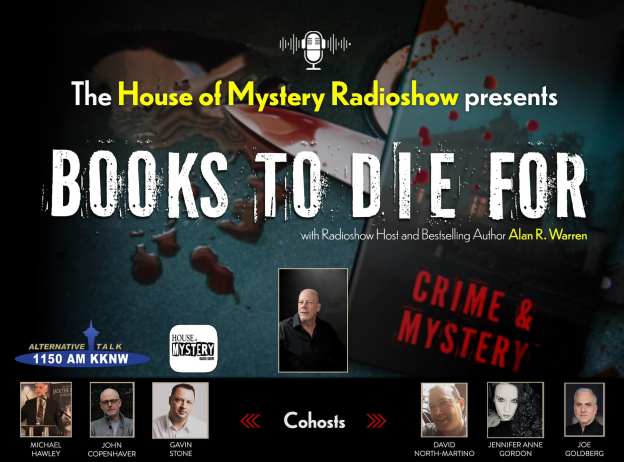As an organic writer, I firmly believe in letting the characters dictate the narrative within the plot structure. To that end, I created the first three main characters.
Jack Amon
Jack, much like his real-life counterpart, was a former bully in high school, a drug user, and a problem drinker. Turning his life around, he moves out of the fictional Wellington, Massachusetts, and gets a job in construction in the equally fictional Farmington, MA. When he hears about his old friends dying from wild animal attacks, he remembers the curse Michael Matheson put on all of them. A curse they had laughed off. He returns to Wellington to attend a funeral and to investigate the real reasons his old classmates are dying. Writers often use the name Jack for the quintessential hero, but I also had another reason. As I mentioned in part 1, I received partial inspiration from Flatliners (1988), and Kiefer Sunderland’s character in the film. The TV show 24 made me think of Sunderland as Jack Bauer. I decided Jack would be a good first name. In high school, I loved King Diamond’s horror concept albums and took Jack’s surname from the house (Amon) in the albums, Them and Conspiracy.
Michael Matheson
Michael was bullied which eventually led to him attending Gold’s Tae Kwon Do to protect himself. But Michael had a dark side, dabbling in black magic and the occult. Finding a spell in an old grimoire, he performed a ritual to awaken the Wolves of Vengeance, a corporal curse to attack his bullies. After performing the ritual, nothing happened. Michael chalked it up as a failure. Twenty-something years later the Wolves finally arrive and begin killing their marks. Michael never left Wellington and took over the school when Gold retired. Michael comes from my middle name and Matheson as an homage to Richard Matheson, the author of such works as I am Legend. Like Jack, he’s a composite character, drawn from more than one person, but he’s somewhat based on me.
Katty LaRocque
Katty was an aspiring musician in high school (a guitarist to be exact) and a self-described rocker chick. She, like Jack, has a problem with alcohol. Unlike Jack, she’s a full-blown alcoholic. Her pet name derives from her high school persona (catty) and Andy LaRoche’s (King Diamond guitarist) last name. She’s based on various musicians I knew in high school and a real-life rocker chick from my high school.

Welcome to Hell: A working Guide for the Beginning Writer
I had read Tom Piccirilli’s Welcome to Hell: A Working Guide for the Beginning Writer. Pic suggested newer novelists lightly outline the first half of their novels. I took his advice. Once the outline was complete, I realized the manuscript would only reach novella length. Needing to beef up the manuscript, I asked myself this question:
What characters do I need to tell this story?
Police involvement was a given. Adding a detective made sense.
The only thing I worried about was voluminous research. What experience did I have that I could transfer to the character to make him believable? Turns out, I had more than I thought.
I had worked a decade in private security, part of the criminal justice field. First, as a patrol officer, then as a security manager, and finally as a human resources recruiter. Security work put me in regular contact with police, fire, and EMS. As a security manager, I had performed investigations and later worked for a security and investigations firm, picking up interesting information directly from private investigators.
My dad had also worked in private investigations, safety & security, special police, and fire, along with being one of the first EMTs in Massachusetts. He had been in charge of makeup and effects for emergency response training. When I was a kid he’d sometime practice the makeup effects on me. I grew up with this stuff!
I had also recently visited my local PD to renew a license and got the nickel tour. I used my hometown police station as a model for the one in the book.
The Writer’s Digest Howdunit series filled in many of the gaps.

Police Procedural: a Writers Guide to the Police and how they work
With the research and experience in mind, I set about creating Detective Adrian Callahan. Originally, he was nothing more than a generic Irish cop. My wife would later express an idea that would help flesh out his character. More on that later.
All in all, I consider my detective a success. I had a former law enforcement officer say as much. He felt my detective was accurate and believable. You can’t get much better than that.
With the decision to include a detective, I then decided that the military in some form might also be involved. I thought about adding a grizzled military captain but not wanting to include another generic character, I cast a woman as my military captain. At that moment, Captain Amanda Rann was born.
Next time, I’ll discuss how Callahan’s changes made him a controversial character, and how Rann becomes a driving force in the novel.
Get Wolves of Vengeance here!





